Porsche Displays Racing Heritage in Singapore

Porsche has had more than a few victories in motorsport, so we’ll allow their latest PR move as an appropriate homage to successful racing campaigns of yesteryear – even if the liveries are applied to a crossover. It would be much better if Porsche had slathered this paint and stuck these decals on a bevy of Caymans or 911s.
Still, in this sleepy week between Christmas and New Year’s, it’s neat to see shoutouts to great designs of the past. Porsche chose Singapore as the venue to show off these specially painted Macans.
The combination of blue, red, and silver first showed up in 1970 on the Hockenheim circuit in Germany, when the livery appeared on a Porsche 917. It is linked with the successes of the Porsche teams in rallying, touring car racing, the 24 Hours of Le Mans, and overpriced track-day clothing. After the sponsorship from the Italian beverage company Martini & Rossi began, Porsche enjoyed a string of victories.
Debuting at Le Mans in 1982, the Porsche 956 made a strong impression. In a fantastic display of chest-puffing, that year saw a triple victory where the Porsche cars finished neatly in their number order of one, two, and three. It also demolished the Nurburgring, putting in a record-breaking time of 6:11.13. The 956 went on to dominate the 1984 and 1985 races, setting a new brand record. Not that anyone cares, but this is your author’s favorite livery out of the five shown here.
At Le Mans in 1971, the Porsche 917/20, a one-off experimental car, was sent into the race. With an extremely wide body and exceptionally rounded wheel cutouts, its wheels were hidden deeply in the wheel housings. The snout equally low and flat, like that of the new long-tail coupé. As a one-off version, Porsche Style decided to slather the body in pink paint, then label each of the body parts according to butcher-style cuts. According to reports at the time, it was the most frequently photographed race car of the year – despite Instagram being 35 years away – and remains popular among the visitors to Porsche Museum in Stuttgart, Germany.
This simple red-and-white Macan references the Salzburg livery which also showed up at Le Mans in the very early ‘70s. This was the scheme worn by a 917 KH driven by Hans Hermann and Richard Attwood.
Arguably the best known of the five – and probably the most copied – is the famous Gulf livery. Made famous on tracks all around the world thanks to John Wyer, the man who successfully convinced Gulf Oil to sponsor his new car before he came to represent Porsche. At that time, Gulf Oil had just purchased a smaller firm that used a blue and orange colour scheme. Gulf chose those colours for the cars that Wyer raced. During the 1970 and 1971 Le Mans, Wyer led the Porsche team to the world championships, searing the blue and orange colors into the pages of history . Showing up in Steve McQueen’s 1971 racing movie, Le Mans, surely didn’t hurt either.
And with that, I’m off to search eBay for Rothmans Porsche memorabilia.
[Images: Porsche]

Matthew buys, sells, fixes, & races cars. As a human index of auto & auction knowledge, he is fond of making money and offering loud opinions.
More by Matthew Guy
Latest Car Reviews
Read moreLatest Product Reviews
Read moreRecent Comments
- SCE to AUX "...to help bolster job growth and the local economy"An easy win for the politicians - the details won't matter.
- Kjhkjlhkjhkljh kljhjkhjklhkjh so now we will PAY them your tax money to build crappy cars in the states ..
- SCE to AUX Yes, I'll miss it, and it doesn't make sense to kill off your 3rd-best seller. 2023 was its best year since 2018.
- SCE to AUX This was the same car I had (05 xB, stick, "camouflage" color) for 7 years - great car.We called ours "The Lunchbox". I added aftermarket wheels, and the 3rd-party cruise control the dealers could install.It suffered only two failures: bad window switch in week 2 (dealer fixed in 1 hour), bad trailing O2 sensor (fixed myself for $70). Fuel economy was always 28-34 mpg.It was a potential death trap, and ride quality became unbearable after 2 hours. I once did a 10-hour round trip in it and could barely walk after.Traded it for a 2012 Leaf, which was a better car in some ways.
- Bd2 The "e" nomenclature signifies the e-ATPs which BMW is pursuing.



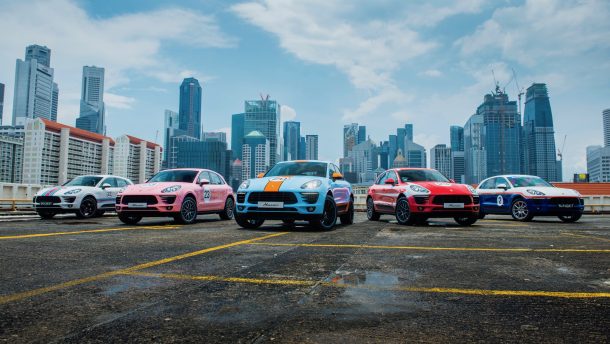


















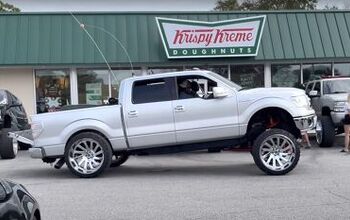


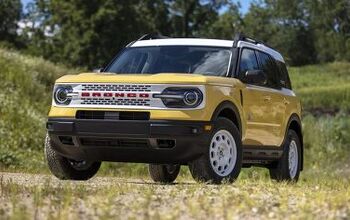
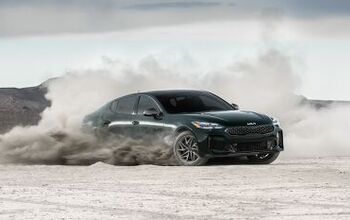
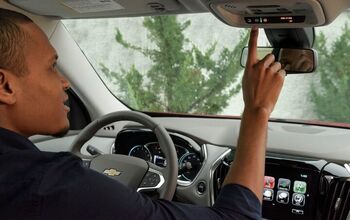
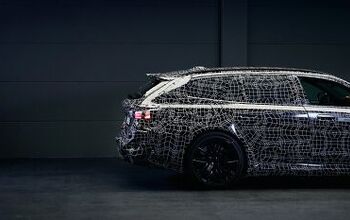
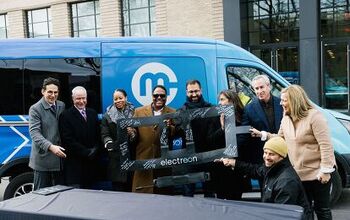
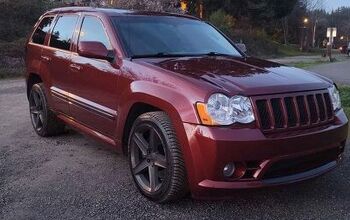
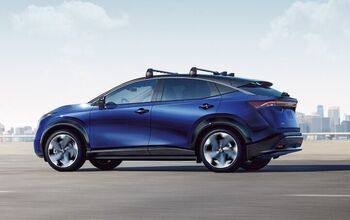
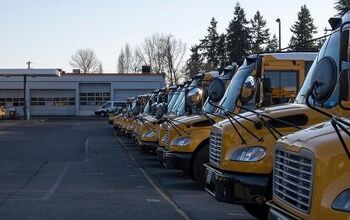
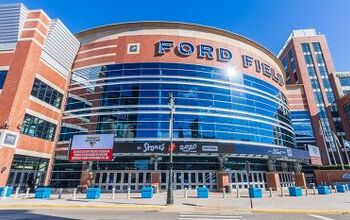
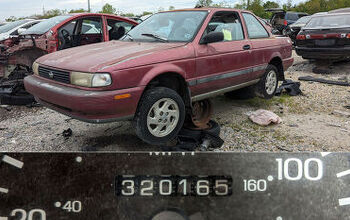
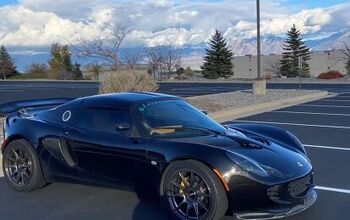
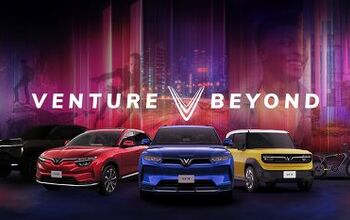
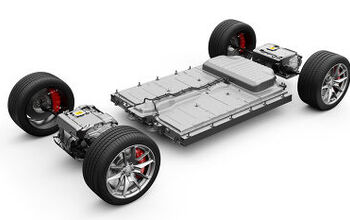
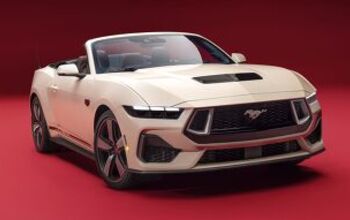
Comments
Join the conversation
Missing the Brumos livery.
The Pink Pig 917/20 was painted by Porsche's Tony Lapine, but the body was designed by SERA, a French research group. The Porsche crew painted it like a butcher's map of meat cuts because they were jealous that someone else had designed a body with better drag and downforce than they could conceive. Painting a Cayenne in the same manner is either their first expression of self-awareness, or proof that they're utterly devoid of the stuff.